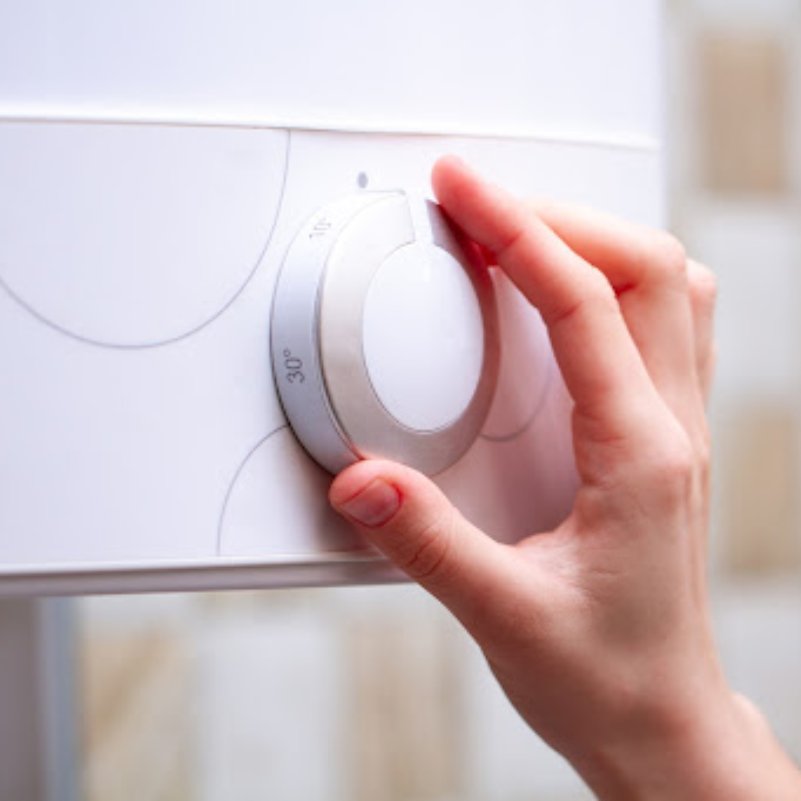Ah, hot water.
The feel of a hot shower on a cold day is unbeatable. It warms your bones when you’ve been out in the cold and helps soothe the worries of a stressful day.
Have you ever thought about how that water gets hot? Read on to learn a little about electric hot water systems and how they work.
Electric Hot Water System Defined
There are a few different types of hot water systems that can run on different types of energy. These include gas, electricity, and even solar power.
An electric system runs on electricity. It is a very common type of system and is present in about 50% of Australian households.
How Does an Electric Hot Water System Work?
There are two main types of electric hot water systems — tank systems and continuous flow.
The tank kind tends to be more popular, probably because of its relatively low upfront cost. However, there is a certain amount of energy wasted because hot water is stored and thus loses energy.
The system works by feeding cold water into the bottom of a tank. An electric element then begins to heat the water. As the water gets hot, it starts to rise in the tank — just as hot air rises. A pipe near the top of the tank carries the hot water to the faucets in your home.
A tankless system heats the water (almost) instantaneously when you need it. No energy is wasted heating water that will cool before it is used.
Advantages and Disadvantages
As with anything, there are pros and cons to electric hot water systems. Let’s run through a couple.
Installation Cost
The upfront costs for purchasing and installing an electric water heater are relatively low. That’s part of what contributes to their popularity.
Keep in mind this only applies to systems with a tank. Tankless systems are more complicated and thus more expensive to buy and install.
Running Cost
While electric tank systems save you money up front, the costs quickly rise over time. And with the price of electricity constantly on the rise, it will only get worse.
To save money on running costs, you can get a tank designed to heat water only during off peak hours. These usually come with a smaller “top up” element if you need more water during the day. However, this requires a larger tank for storage, which bumps up the price of the system.
With tankless systems, you don’t waste money on unused energy. But you are stuck paying whatever the tariff is when you turn on the water. There is no way to use off-peak energy only.
Installing and Maintaining Your New Hot Water System
A qualified plumber is needed to install your new hot water system. Electric systems are relatively simple to install but still require expert knowledge.
It’s also a fantastic idea to keep up on the maintenance of your system. This will keep it running in tip-top shape (and thus using less electricity). Plus, the system will last years longer with proper care!

